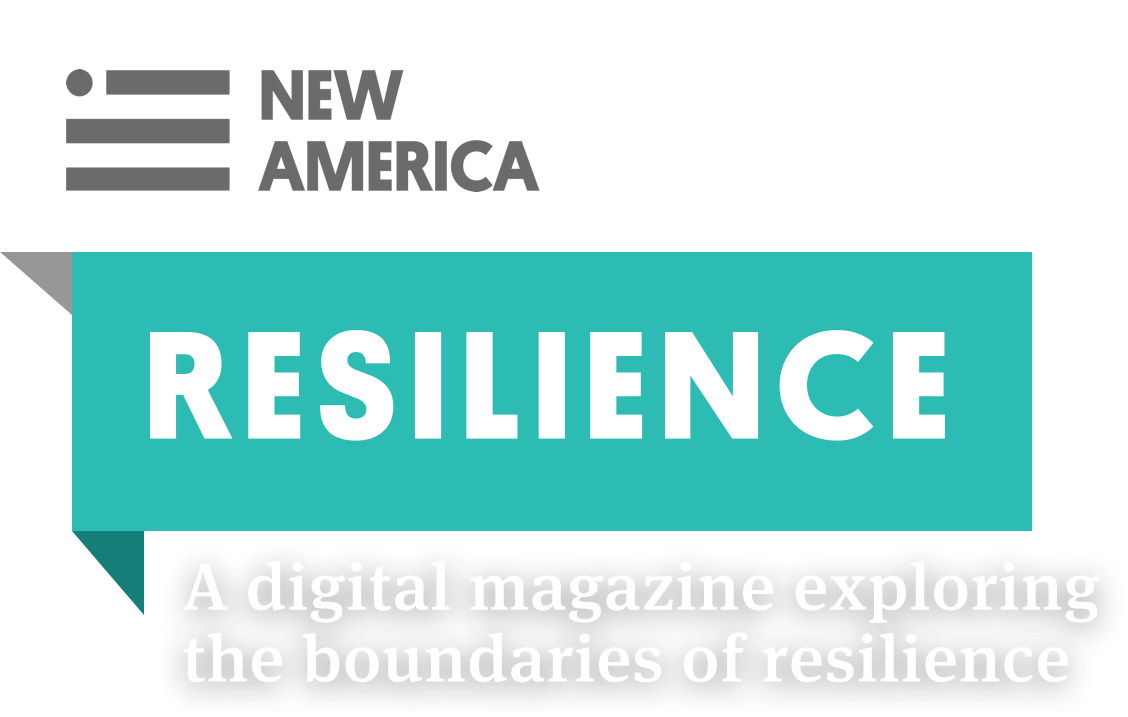Audio interview with Fei-Fei Li
AI and the future of work, policy and geopolitics.
Fei-Fei Li’s life bridges two countries and two industries. She moved to the U.S. from China when she was 16 years old and just a few years later, graduated from Princeton with an undergraduate degree in physics. Fast forward to today, Dr. Li is the Co-Director of Stanford’s Human-Centered AI Institute. But on her sabbatical from Stanford in 2017, Dr. Li served as Vice President at Google and as Chief Scientist of AI at Google Cloud.
Her main research areas are in machine learning, computer vision, and cognitive and computational neuroscience. And if that’s not enough, she’s a really good person—harnessing her expertise and stature to be one of the nation’s leading voices in advocating for diversity in STEM and AI.

